How Nepali Cuisine uses Salt, Fat, Acid and Heat
Episode 4 – HEAT [Subscribe for more episodes, the next one is Momo and Choila (How Salt, Fat, Acid and Heat Make Them Delicious)]
Food represents Nepal's culture, tradition and practices based on geographical regions or ethnicity. Cooking is not all about food; it is a culture and tradition that brings together family, community, society and nation. In the globalized world and with internet connectivity, food is not limited to a particular geographical area and culture. It is beyond borders, and it is science, too. You can find "Dal Bhat" in the busy streets of Paris, "Momo" in Jackson Heights and "Choila" in the corners of London Street.
I started cooking in childhood, primarily to support my mother. Most of our favourite dishes come from our mother's recipe. Over time, I learned many cooking styles and experimented with fusion food from different cultures and traditions. While exploring culinary practices, as a science student, I decided to explore how the science of food influences Nepali cuisine.
Therefore, this article covers how salt, fat, acid, and heat influence Nepali cuisine and their linkages to culture and practices. The article is based on the book "Salt, Fat, Acid and Heat[i]" by Samin Nosrat. I want to share how these elements influence Nepali cuisines and food cultures. I will cite some examples from Nepali cuisines like Khas, Tibetan-influenced, Thakali, Newari, Limbu, Terai, or Tharu.
The article will have five sections. Each will cover salt, heat, acid, and fat, and the last one will explain how these elements make Nepal's two most famous dishes delicious. Let me start with the first one—SALT.
How Nepali Cuisine Uses HEAT
Heat
There are no thermometers in most of the kitchens of Nepal; our chefs and our mothers measured heat based on the sensory acumen they developed over the period with their experience. They listened to the changing sounds of a sizzling hot oil when adding turmeric powder, watched simmering milk to control the heat, watched the colour of the meat while grilling and felt the steam when cooking Momo. The use of heat differs based on taste and practice: instant cooking and long cooking. Jhoaiee parne – quick fry or pouring hot oil with spice on food is a common practice, whereas cooking long hours like preparing khudo, kurawani, or chuk are other examples of how Nepali culinary practices use heat not only for the taste but also to preserve their harvest.
As in the rest of the world, Nepalese kitchens use boiling, steaming, or burning heat to cook. Even sun rays are used for drying food, which is a traditional practice to preserve vegetables, fruits, and meat for the dry seasons. Traditionally, Nepali food is cooked in firewood; due to access to gasoline and electricity, the public has abandoned firewood cooking due to health benefits. However, certain foods always taste better, especially meat, when cooked in firewood. One is Choila, which this chapter will cover as an example of a perfect combination of heat, salt, fat and acid. Another commonly used heating method is boiling oil to cook, especially traditional bread, preferably using animal fat (Ghee) for cooking sel roti, fini, jhar, anarasa, arsa, etc. Another form of cooking using heat is steam, be it Momo, yomari or bakka from the eastern regions of Nepal.
Grilling is very common in Nepal, and a popular dish is sekuwa, a marinated piece of meat roasted in a wood fire in the traditional Nepali style. Cooking Sekuwa involves marinating raw meat with herbs and spices, skewing it, and grilling it on a wood fire. It can be made of meat like pork, chicken, goat, or a mixture. Boling milk for a long time and making Kurauni/Khuwa and lemon juice to make Chuk for acid are the other ways of savouring and preserving food (preserving milk and lemon juice). Every day, the cuisine of Nepal boils their staples, be it rice, dhedo, or lentils.
Photo: Picture from my house in October 2023 (During the Dashain Festival)
Sukuti is a dried meat delicacy made from buffalo, goat, lamb, deer, and other meats. It holds an important place as a traditional dish within the Limbu community.[ii] It is used as a source of protein and is commonly used in the winter seasons. Traditionally, there were no refrigerators to preserve meat. In addition, the cultural practices of sacrificing animals in Hindu temples are everyday rituals. It is dried and processed later into dried seasons to preserve this meat. The village will then process the buffalo, ensuring that no part of the animal goes to waste, as meat is a rare luxury in remote areas. Some meat is prepared and cooked for dinner that day, while the rest is set aside to be dried and made into strips. This lean dried meat becomes a lifesaver during the challenging winter months when food supplies run low.
To make sukuti, thin strips of meat from any animal or bird are prepared, with the fat meticulously trimmed away. These strips are then hung above a Chulho (a traditional wood fire) on the roof, where the smoke helps to draw out moisture while infusing the meat with a rich, smoky flavour.[iii] Drying can sometimes produce an unpleasant smell, so the strips are often coated with salt, cumin, pepper, chilli powder, and turmeric. Ginger and garlic paste is occasionally applied before being laid out on a clean cloth to sun-dry. This process intensifies the meat's flavour while deterring insects. It will be enjoyed once the moisture is fully removed and the meat has dried thoroughly. Though it can be rehydrated when cooked in gravy, it’s typically eaten dry or fried in oil. Sukuti is a versatile dish, typically served with chopped onions and tomatoes and garnished with green onions or coriander leaves. This flavorful snack can be enjoyed as a side dish, an appetizer, or a savoury accompaniment to alcoholic drinks. Heat plays a vital role in preparing and cooking trendy dishes of Nepal like Kurauni, chuk, sekuwa, dried food (maseura, mula ko chana), Momo, Yomari, thukopa, jhaneko, bhakka.
The next episode is 5 - Momo and Choila (How Salt, Fat, Acid and Heat Make Them Delicious). The previous episode 3 - ACID
The images in the article are from Google Images, and I acknowledge all the photographers who have shared them.
[i] Samin Nosrat. (2017). Salt, Fat, Acid, Heat: Mastering the Elements of Good Cooking. Simon & Schuster.
[ii] Sukuti. (n.d.). DBpedia. https://dbpedia.org/page/Sukuti
[iii] Jomsom Dried Buffalo Meat (Sukuti) 450 gm. (n.d.). KTM STORES LTD. https://ktmstores.com/product/dried-buffalo-meat-sukuti-large-dried-meat/




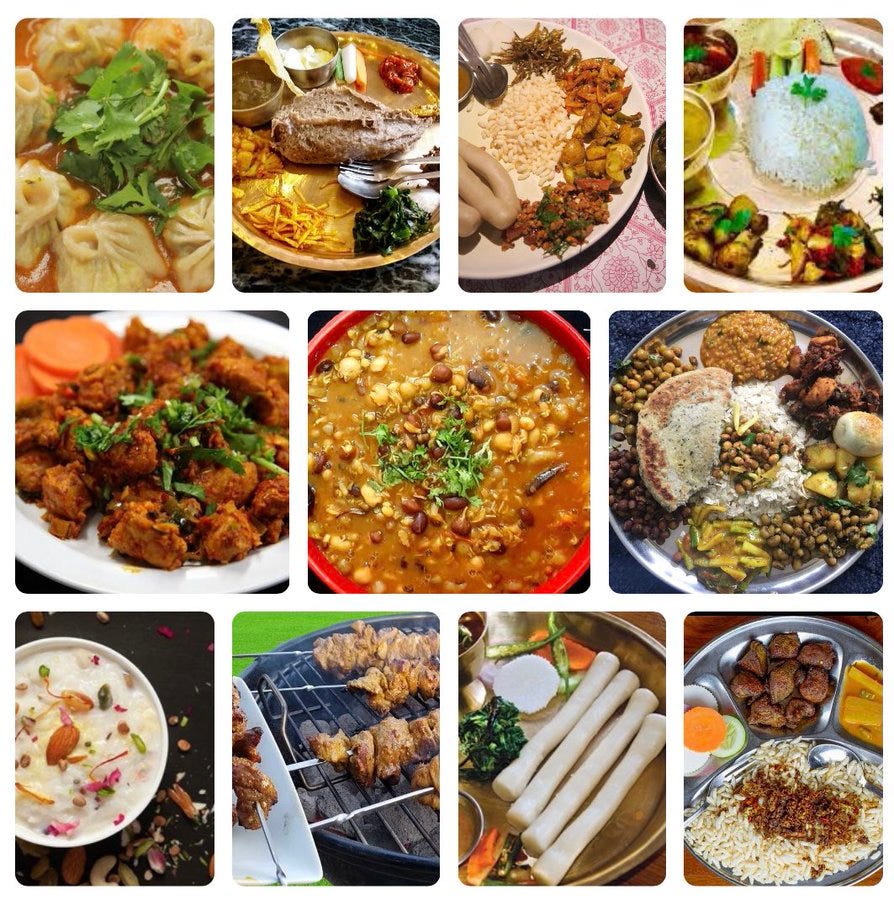
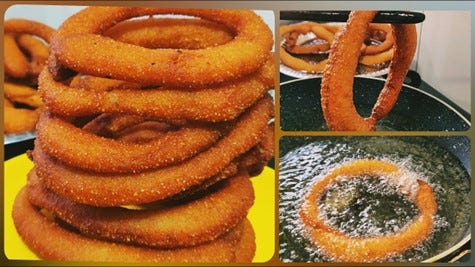
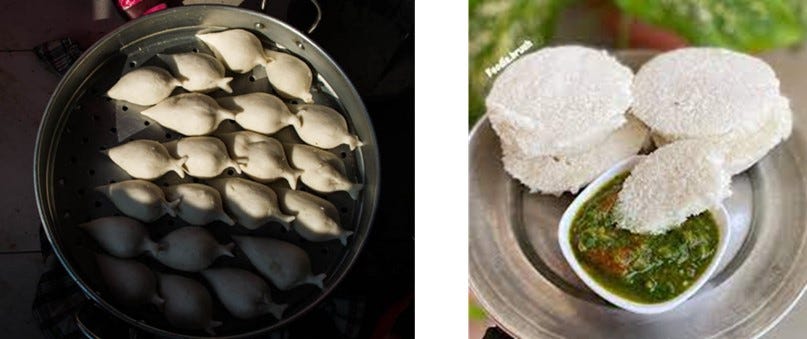
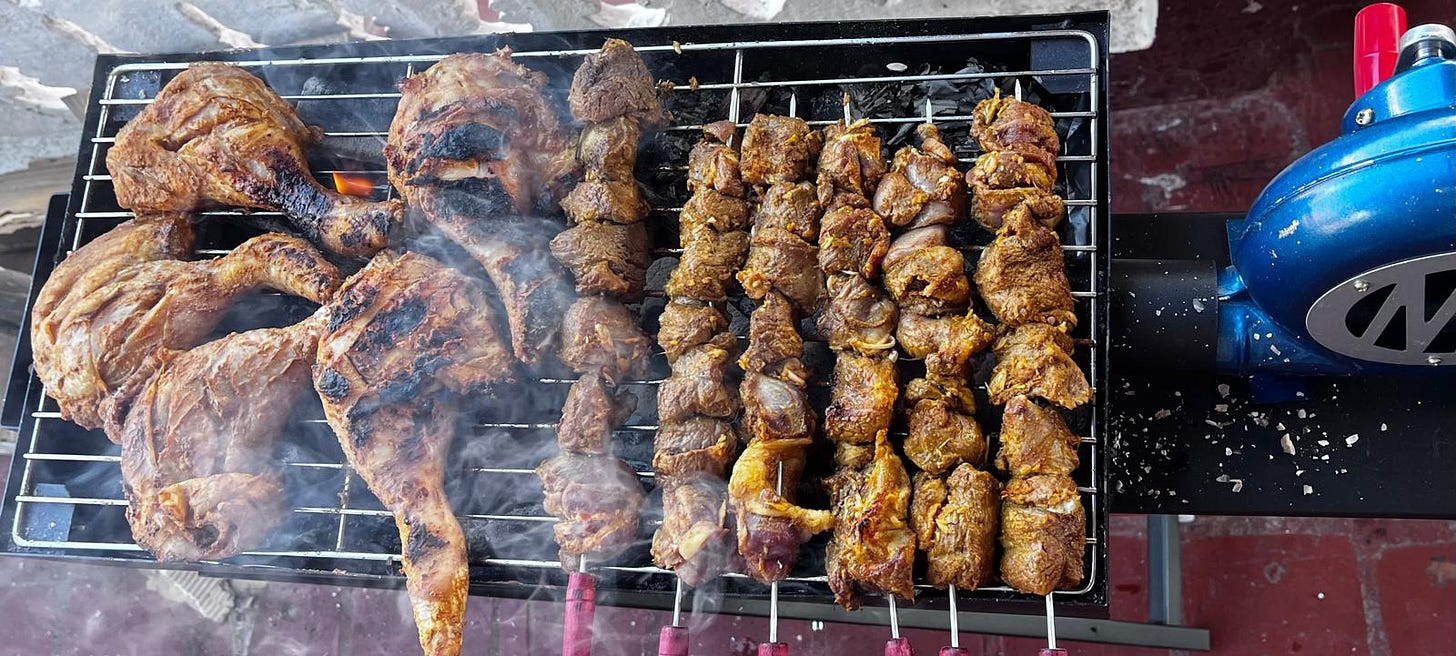
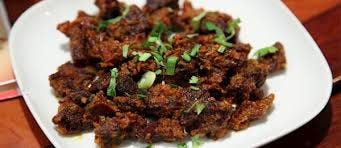
Nice information regarding famous Nepali cuisines
Wonderful article, Nirmal! Really enjoyed reading it. Nice exposure of science behind how ours moms perfected their recipes behind their own lab (home kitchen). The only problem is your post is making me super hungry for your cookings:).